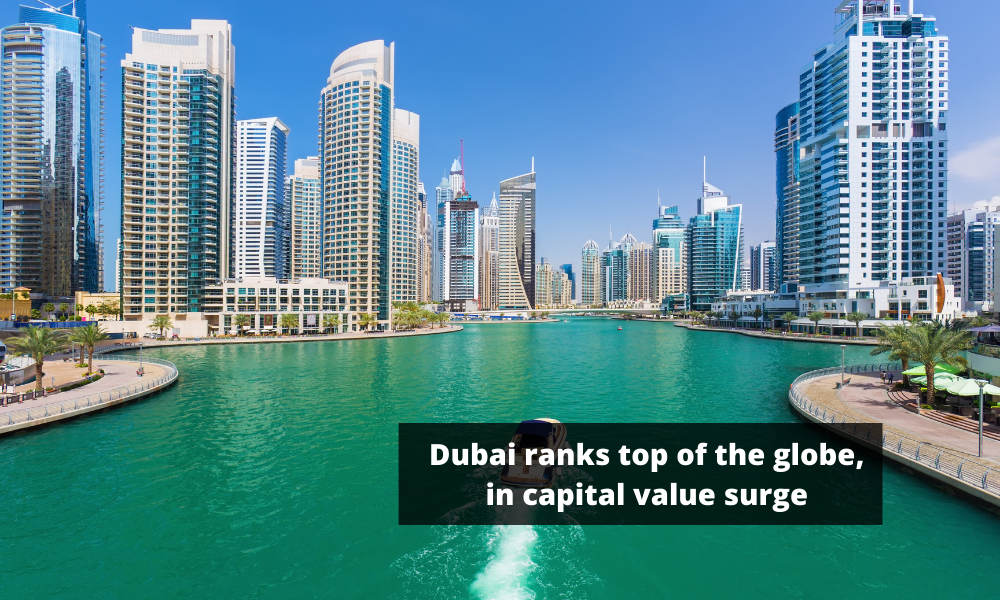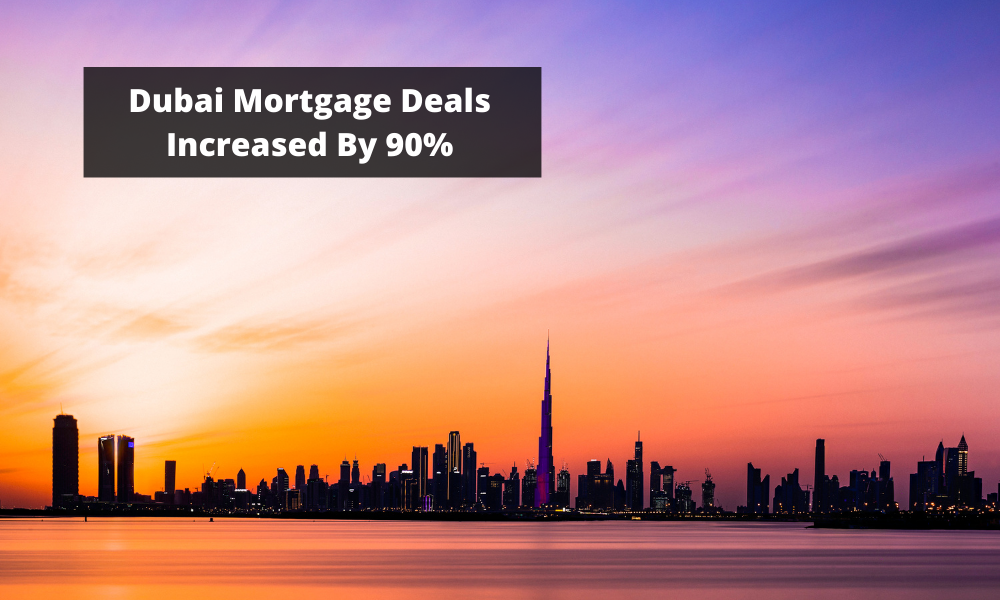
During first six months of 2021, Dubai has been on the top the list of global prominent cities to record a positive capital value growth for its luxury properties. It’s been noted the fastest growth rate since 2016 as the world’s residential property markets remains unchanged.
Analysts explain the increase of capital values are resulting from work-from-home boom and the consequent effect on need of live-and-work spaces. Other cities that are experiencing similar situations are namely Moscow, Cape Town and Lisbon. Regardless of the change in the businesses, during lockdown, the number of transactions were still higher than the same period of the last year, 2020.
Dubai’s proactive policy measures and effective handling in pandemic to reboot the economy played a crucial role in driving plea of high end residentials, says World Cities Index report. In the index, over the past six months capital values in prime housings surged by 3.9 per cent across 30 cities around the globe.
Due to changes in taxes and policies and tremendous uncertainty in the global economy, the average growth of capital values across the nations were barely reached 0.7 per cent from mid 2018 to end of 2020.
The report further emphasized “The pandemic, which exacerbated the severity of the slow growth, caused many properties to completely shut down during lockdown in many cities.”
Over seventy per cent of the worldwide had positive capital value growth for the first half of the year. Not all cities performed equally over the past six months.
The global cities which posted negative capital value growth are cohesive in their historical reliance on international buyers in their prime markets, a segment that has been severely limited by travel restrictions.
Chinese mega cities Shanghai and Guangzhou have reportedly had capital value growth of 13.7 per cent and 7.9 per cent respectively within past six-months growth figures. Price rises in China have accelerated in 2021 despite tightening of financing and local policy changes in an attempt to cool the markets. “Lending-fuelled purchases have been driving Chinese property price growth in recent years, with buyers believing property is likely to remain the safest investment in China,” said the report.
While nearly 70 per cent of the locations affected by Covid-19 experienced positive capital value growth in the past six months, cities with a long history of relying on international buyers in their prime markets saw negative capital value growth as a result of travel restrictions, said Savills report.
Swapnil Pillai, Associate director of research at Savills Middle East, said the return of international travel is likely to provide an increased supply of buyers for prime properties. “Furthermore, the economic recovery and growth led by increasing vaccination rate in the UAE is expected to further support buyer confidence and boost demand. Though a degree of pandemic-related uncertainty remains, the prime residential sector is likely to remain strong through the rest of the year.”
The report noted that the availability of good quality stock, low lending rates and relatively affordable real estate prices led to strong transaction activity which drove capital values higher across prime properties Return of international travel to world cities will likely provide an increase in the supply of buyers for prime properties
In the US, Los Angeles and Miami lead with growth above 9.0 per cent in the first half of 2021.
The most expensive location in the index, Hong Kong, had seen declines in prices from 2019 through the first half of 2020 as a result of uncertainty in the region. However, capital values increased 1.9 per cent in the year to June 2021.
In London, following six years of falls, values remained flat in 2020 then recorded an increase of 1.1 per cent in the first six months of 2021 as the city looks good value.
Some cities have seen price changes go from negative to positive territory in the first half of 2021. Singapore, Bangkok, and Kuala Lumpur benefitted from increased demand for decreased supply.

